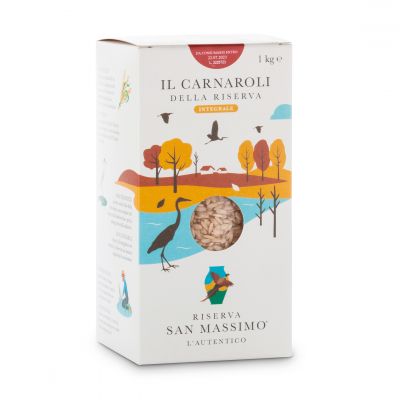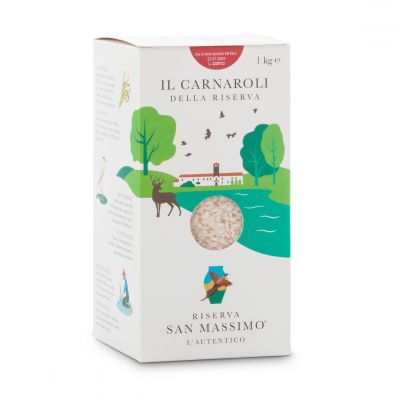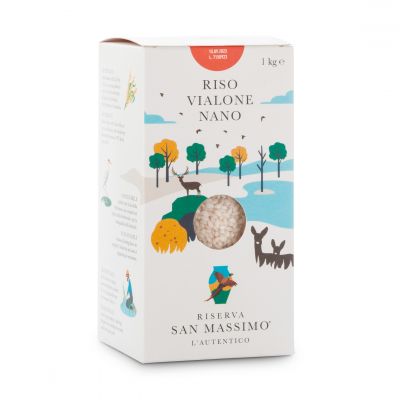44 resurgences in 400 hectares of wood, alternating with 200 hectares of fields, scattered among the black alder woods, with a majestic biodiversity
⏱ 4 MINUTES READING
“Whoever buys our rice should imagine to bring home a piece of our natural Reserve”. So begins Massimo Bove, sales director of Riserva San Massimo, showing us the new packaging. It sounds like an overly strong statement, one of those used by sales agents to get the attention of their customers, however I still think it is the best resume for a day spent on the banks of the Ticino river.
Thus, I’d like to tell you about the journey since the very beginning: make a virtual effort to help you immerse yourself in the natural context of Riserva San Massimo, where rice Carnaroli, Vialone Nano and Rosa Marchetti are produced.
We can finally go for a trip out of the region’s boundaries, destination Groppello Cairoli, in Lomellina (province of Pavia), one of the most important areas dedicated to rice production.
Along the banks of the Ticino stands the reserve, initially created for hunting purposes at the beginning of the ‘900 and gradually converted into a natural oasis conceived as an animal repopulation area and also dedicated to rice and cereal production.
We arrive at lunch time, obviously after taking the wrong way once we got out of the highway.
We are welcomed by Dino Massignani, director and responsible of the reserve, and Massimo of whom I have already spoken. The weather is uncertain, the sun alternates with rainy clouds. Before starting the tour of the oasis, we decide to have a fast lunch, obviously rice based.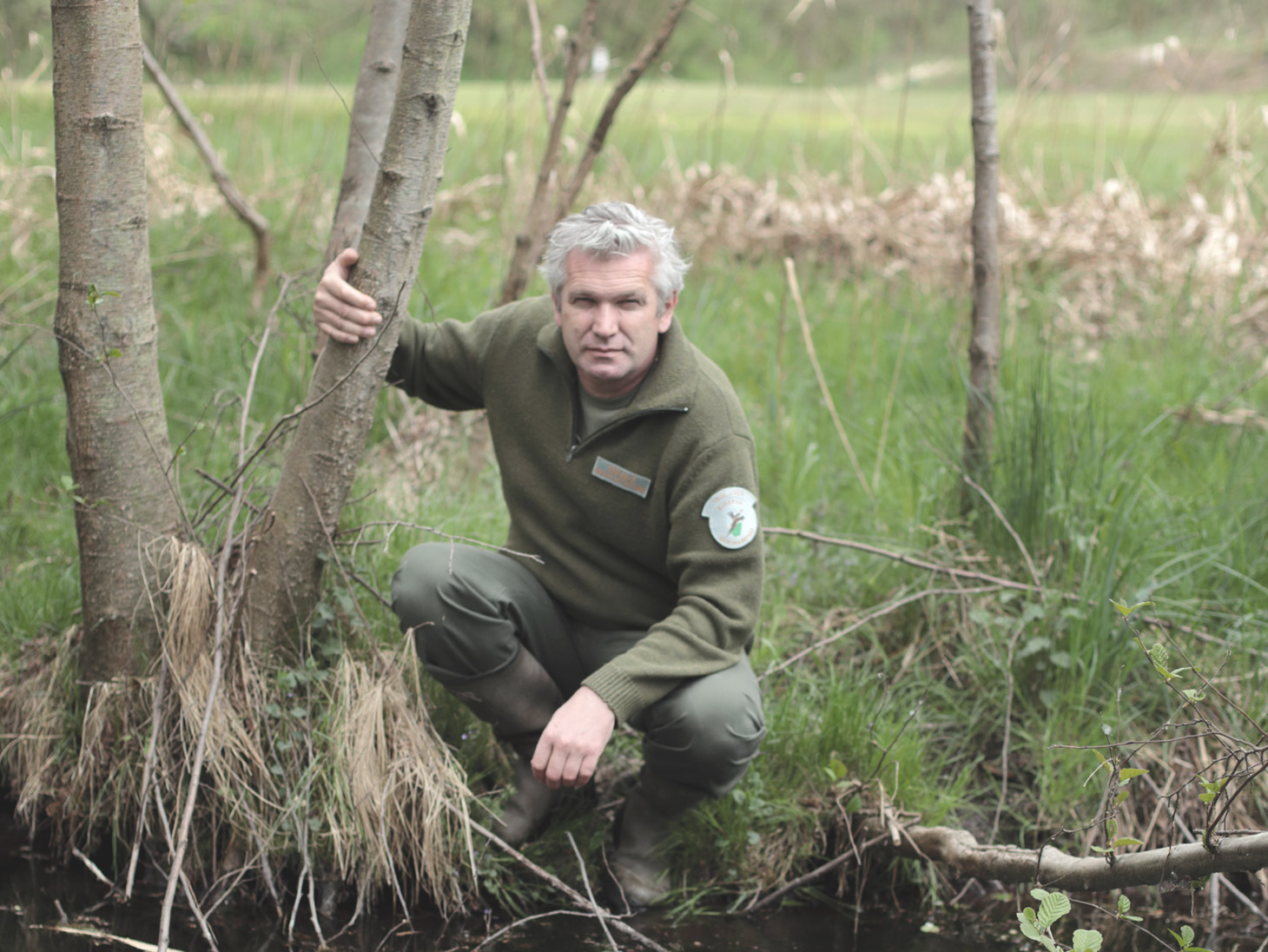 The first is a classic Risotto alla Milanese and the second course… is still a main course: a fantastic Risotto with clams, oysters, lemon and crescione. Needless to say: Carnaroli is the uncontested protagonist.
The first is a classic Risotto alla Milanese and the second course… is still a main course: a fantastic Risotto with clams, oysters, lemon and crescione. Needless to say: Carnaroli is the uncontested protagonist.
This type of rice is considered among the most prestigious and, without any doubt, the best for risottos, since it enhances the creaminess of the plate thank to two important factors, as we get explained: “the first is the cooking resistance, the second is the high percentage of amylose.
This is very important because the more starch the grain releases, the more you get the assimilation of the flavours and homogeneity in the plate.At taste, it reveals itself plain, round and almost crunchy.
The release of the starch and the creaming generate a delicate and charming cream that envelops the grain and the palate. 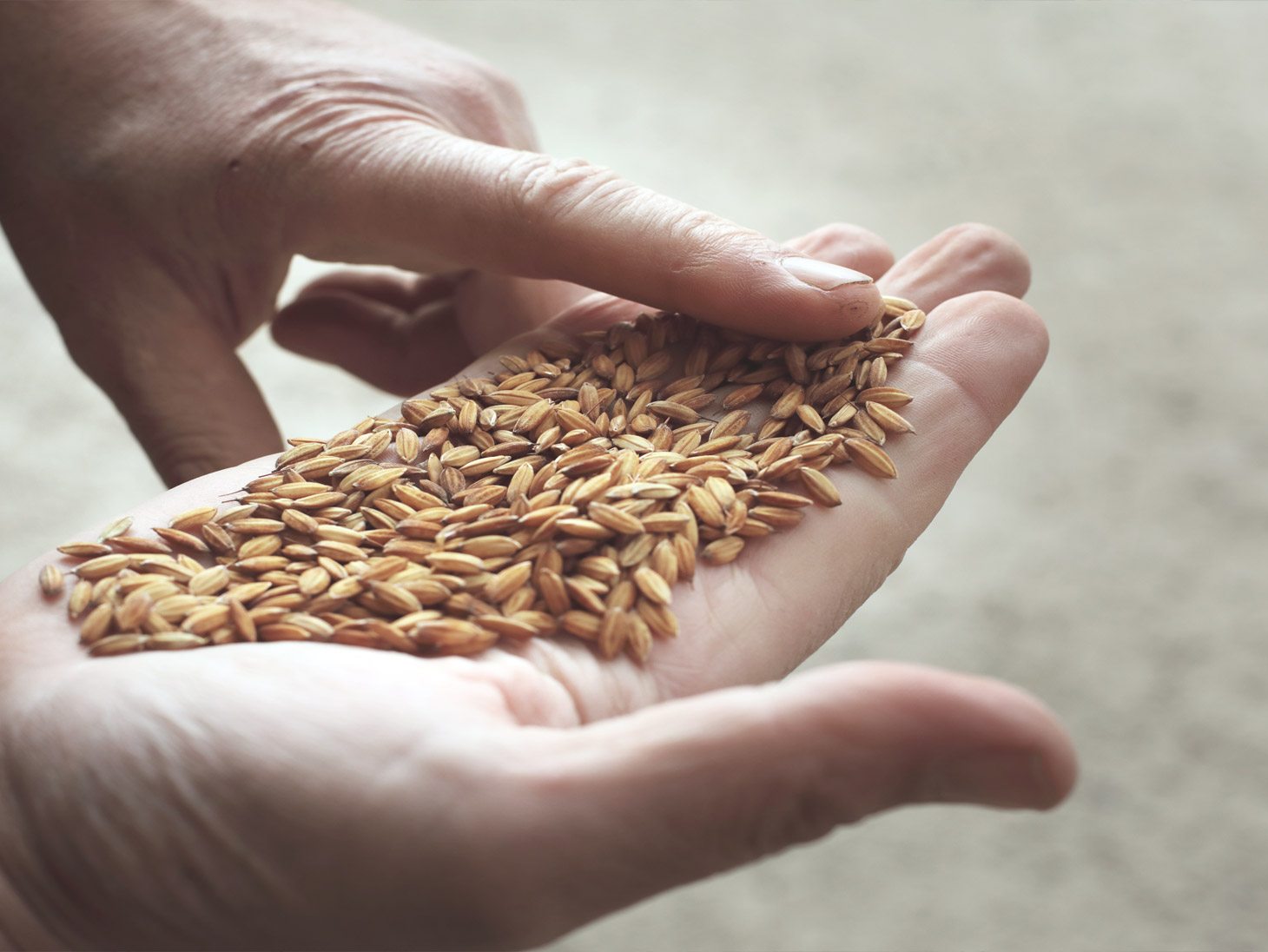 Sublime! We take a look at the new packaging displayed in the rooms (of course not before our after-lunch coffee), we discuss about the hard moment for the whole sector and we start our tour on the Defender.
Sublime! We take a look at the new packaging displayed in the rooms (of course not before our after-lunch coffee), we discuss about the hard moment for the whole sector and we start our tour on the Defender.
The weather is still assisting us and it gifts us the perfect light for the suggestion and for the photography (check the photos taken by Beatrice to have a proof).
Now it’s Dino Massignani who takes the stage: aside of driving the car, he also guides us through the intricacies of the reserve. He knows it as his pockets since he has been working here for more than 15 years.
It is like he has it in his veins. This helps us immediately immerse ourselves in the context and understanding that here the man put himself at nature’s service: he didn’t manipulate it, he didn’t submit it but he domesticated it.
Flora and fauna created their own balance, a garrison of biodiversity supported and protected by man, who rules the balance of give and take of each natural cycle.
The black alders characterise the wood, more than 40 are the resurgences that give birth to the canals that stretch through the woods and finally flood the rice fields.
And again, the ferns, among which the rare and massive Osmunda Regalis, and the peat that vivifies the undergrowth. Hundreds are the fruit trees lining the fields, enhancing the biodiversity and fertilizing the soil with the fallen fruits.On the other hand, this results in a decrease in terms of production because, in summer, the treetops leave the rice plants shadowed hindering their maturation. Every single time you give but you also receive.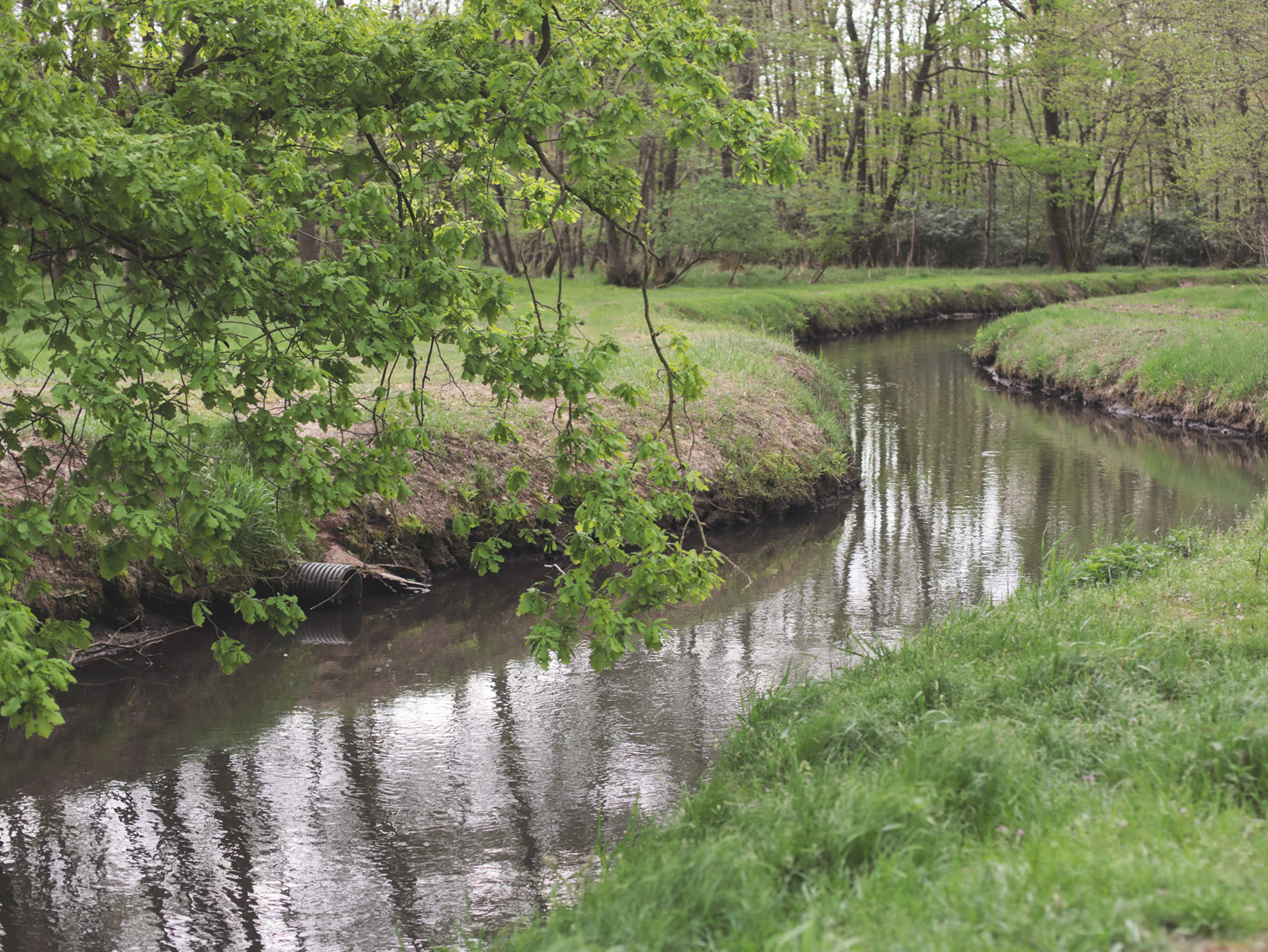 And then pheasants, geese, ducks, herons, roe-deer, buzzards: these are just some of the animals that inhabit the 400 hectares of the forest and 200 hectares of cultivated fields… yes, since here there are no fences, no electrified enclosures but rather strategies that keep the wild animals away from the fields. How do they make this possible?
And then pheasants, geese, ducks, herons, roe-deer, buzzards: these are just some of the animals that inhabit the 400 hectares of the forest and 200 hectares of cultivated fields… yes, since here there are no fences, no electrified enclosures but rather strategies that keep the wild animals away from the fields. How do they make this possible?
The animals are fed far away from the cultivated areas, some cereal fields are cultivated for the sole purpose of feeding the local fauna, and also what is discarded in the various rice selection steps is given to the animals. In a natural context it seems easy and obvious to produce a high-quality product, but during this journey we realized that it is not that easy.
The vegetative cycle of Carnaroli begins in the second half of April and lasts about 165 days, thus ending towards the end of September.
The fields, in addition to natural fertilization, are fertilized with cornunghia, a mix of minced horns and hooves, a natural organic substance that gradually releases nitrogen and, above all, phosphorus into the soil.
The sowing takes place in dry conditions, the rice fields are submerged only later, when the seedlings are already born, after about 20/30 days, strictly only with the water from the springs, which is brought into the ields through a complex network of canals.
The seeds, certified and issued by Ente Risi (the “Rice Authority”), are distributed in over 100 hectares of fields, 11 kg of seeds for each perch (1 hectare = 15.27 perches) which will give an average of 430 kg of fresh rice.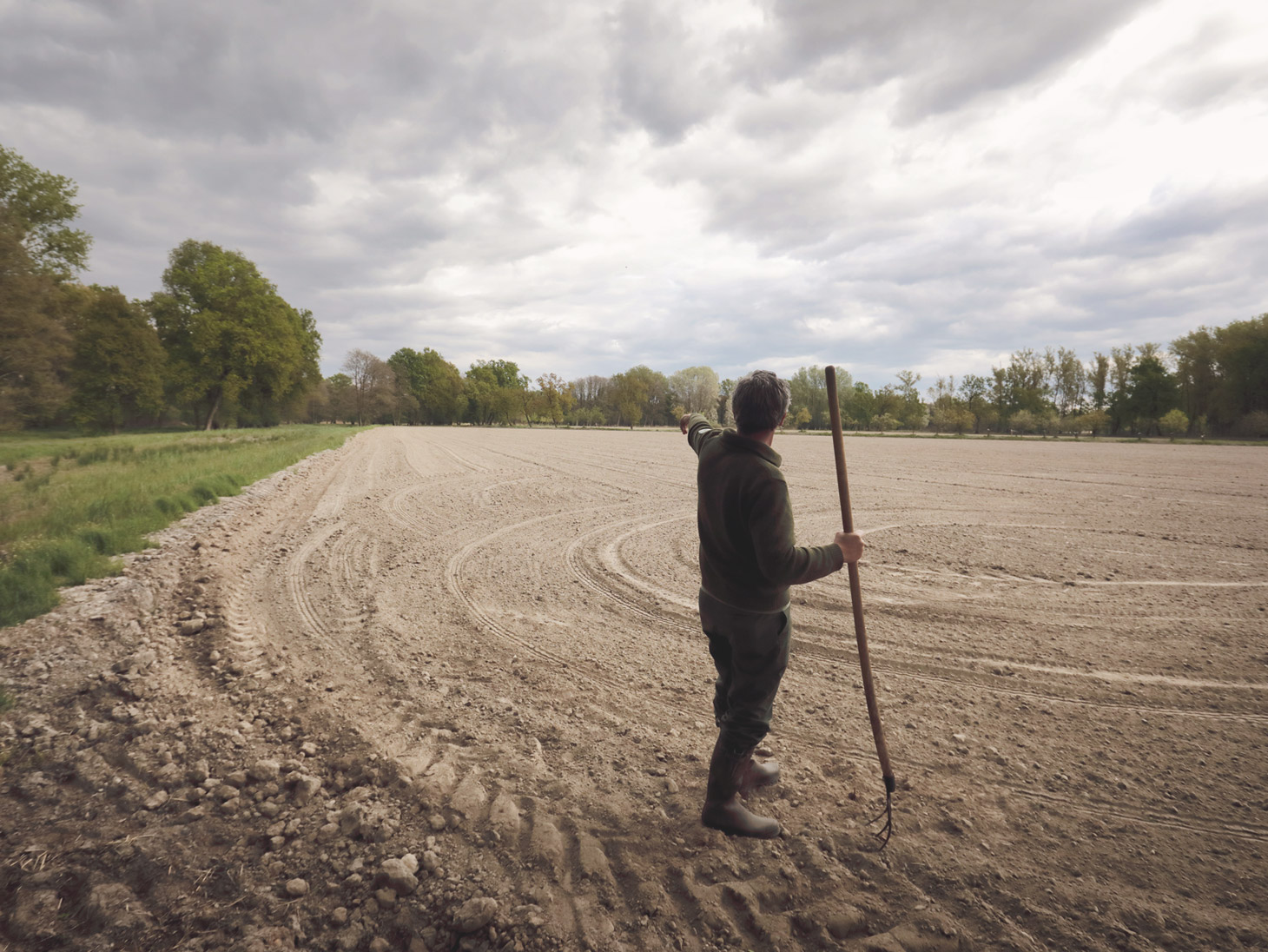 However, be aware that paddy rice is harvested with 30% humidity and then dried with a methane gas system that allows the use of moderate temperatures, which keep each single grain intact and compact, bringing it to 11% humidity.
However, be aware that paddy rice is harvested with 30% humidity and then dried with a methane gas system that allows the use of moderate temperatures, which keep each single grain intact and compact, bringing it to 11% humidity.
Normally, the rice is dried with diesel systems, exposing the grain to combustion fumes.
After drying, the rice is stored in ventilated silos without any type of preservation treatment (usually insecticides are sprayed on the grains), it is piled (deprived of the integument and pericarp) in an artisanal way, in a subsidiary company that is located outside the Reserva and which works at low intensity, in small quantities.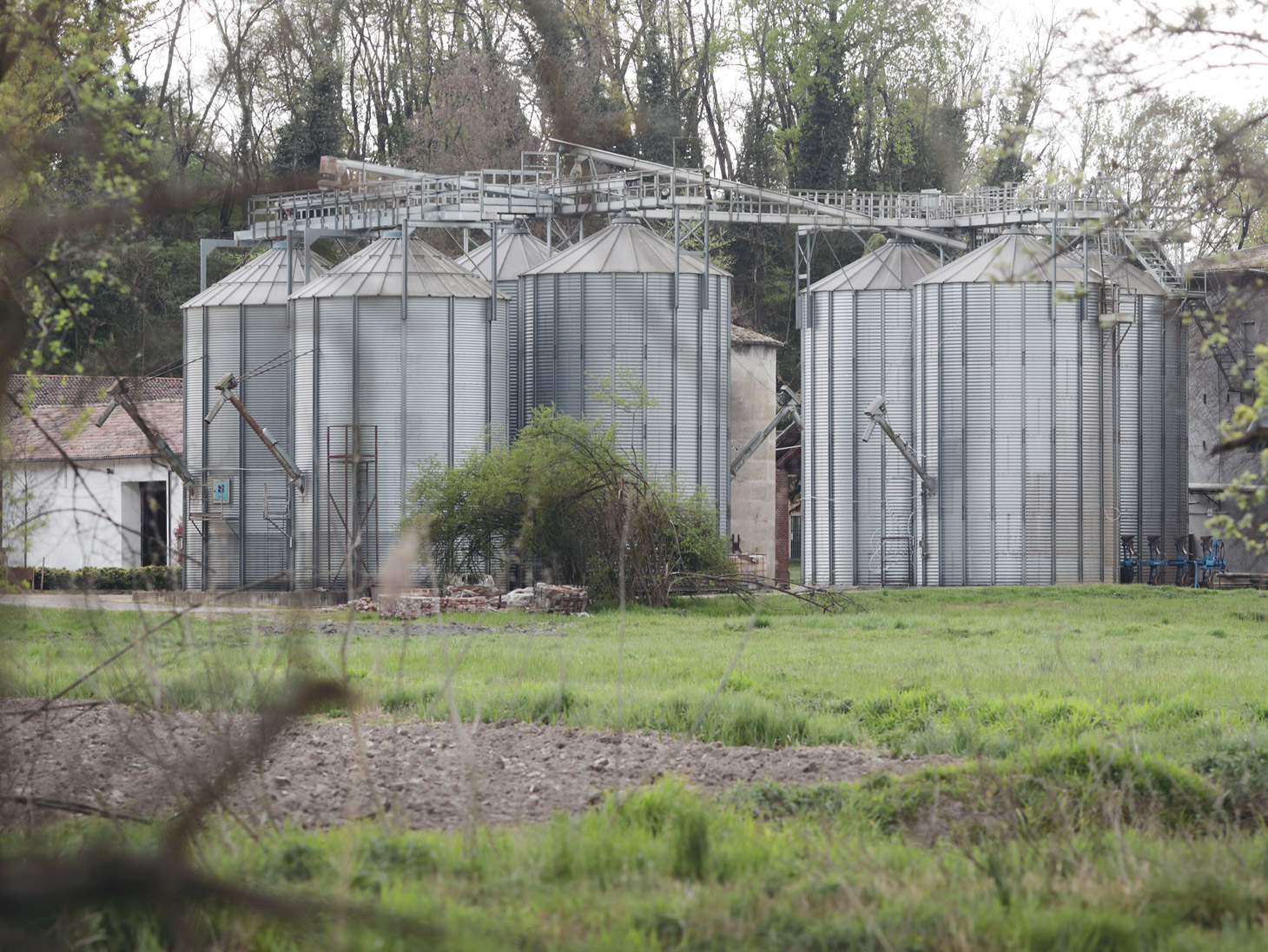 The product is then verified with an optical reader that discards imperfect or excessively small grains, then packaged in a protected atmosphere - the best solution to protect the organoleptic qualities of the rice and preserve it over time, Dino tells us - and finally hand-labelled.
The product is then verified with an optical reader that discards imperfect or excessively small grains, then packaged in a protected atmosphere - the best solution to protect the organoleptic qualities of the rice and preserve it over time, Dino tells us - and finally hand-labelled.
At the end of the whole process, the average yield is about 40 kg of rice per 100 kg of paddy rice. In order to add complexity to the offer, Vialone Nano has also been produced in Riserva with similar criteria for some years.
Over the years, the fields in which the Vialone Nano plant could find the most suitable soil for its perfect growth have been studied and selected: in fact, the production of Vialone Nano rice in Riserva is limited to only a few fields.
Its characteristics make it suitable for any type of preparation and its uniqueness and delicacy is enhanced especially in the creation of risottos, both mantecato and shelled. The right amylose content makes its cooking resistance excellent, always maintaining a medium al dente consistency and favouring an excellent intake of aromas and flavours.
Regardless of the type of rice, the final result is the combination of two factors: one is the obsession with quality and the other is the attempt, however successful, to balance every day production and respect for nature. A hymn to sustainability, the real one.
Massimo was right, now I am convinced: “Whoever buys our rice should imagine to bring home a piece of our natural Reserve”!
Alessandro De Conto
Sales Director




